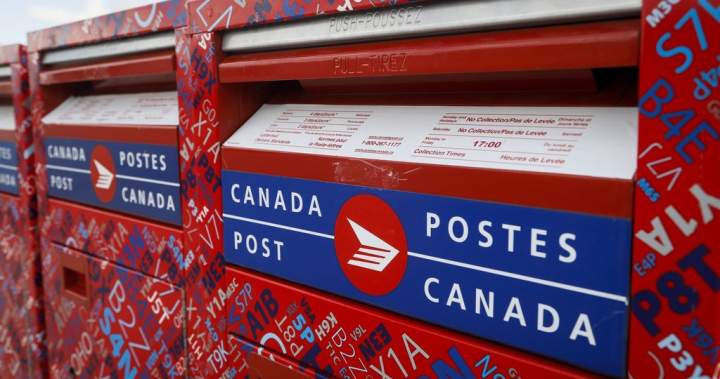In the early hours yesterday, negotiations between Canada Post and the Canadian Union of Postal Workers collapsed, triggering what many analysts are calling the most significant postal disruption since the 2018 rotating strikes. As mail trucks remain parked and processing centers fall silent across the country, Canadians are scrambling to understand how this work stoppage will affect their daily lives, businesses, and essential communications.
“We’ve exhausted every reasonable option at the bargaining table,” said Marion Hayes, chief negotiator for CUPW. “Our members deserve fair compensation that acknowledges the rising cost of living and improved workplace safety measures that the corporation has continuously sidelined.”
The dispute centers primarily on wage increases, pension reform, and working conditions—particularly for rural and suburban mail carriers who have historically received less favorable terms than their urban counterparts. Canada Post maintains that union demands would add approximately $1.2 billion to operating costs over four years, which they claim is financially unsustainable given declining mail volumes.
For millions of Canadians, the immediate question is what happens to their mail. According to Canada News sources within the postal service, an estimated 1.5 million pieces of mail and parcels are now stranded in the system. While Canada Post has implemented its contingency plan, critical deliveries including government checks, prescription medications, and certain legal documents will receive priority handling by management staff.
Financial institutions are urging customers to switch to digital banking options during the disruption. “We’ve seen a 340% increase in digital payment enrollments since the strike announcement,” noted Patricia Weathers, spokesperson for the Canadian Banking Association. “This may actually accelerate Canada’s transition to digital payment systems permanently.”
Small businesses face particularly serious challenges. Emma Davidson, who runs a handmade jewelry business in Halifax, expressed growing concern: “This couldn’t come at a worse time as we approach the holiday season. I ship about 85% of my orders through Canada Post because of their competitive rates. Now I’m looking at alternatives that cost nearly three times as much.”
Analysis from CO24 Business suggests that courier companies including FedEx, UPS, and Purolator stand to gain significantly during the disruption, with some already reporting volume increases of 25-30% since the strike began. However, their capacity to absorb Canada Post’s daily volume of approximately 800,000 parcels remains questionable.
The federal government has thus far resisted calls to legislate postal workers back to work, with Labor Minister Steven MacKenzie stating that “we believe in the collective bargaining process and remain hopeful that both parties will return to meaningful negotiations.” This marks a departure from previous governments’ more interventionist approaches to postal disputes.
For residents in rural communities, the impact could be especially severe. In locations where Canada Post serves as the only reliable delivery option, alternatives are limited or nonexistent. Indigenous communities in northern regions may face particular hardships as essential supplies and communications are delayed.
“When you’re in a community that’s already dealing with limited connectivity, the postal service isn’t just convenient—it’s essential infrastructure,” explained Dr. Thomas Langley, who studies rural economic development at McMaster University.
The strike has also raised broader questions about the future of national postal services in an increasingly digital world. While parcel delivery has grown with e-commerce, traditional letter mail continues its steady decline—down almost 55% since 2006 according to CO24 News analysis of postal service data.
As both sides dig in for what could be a prolonged dispute, Canadians are left wondering: In our increasingly digital society, will this postal disruption finally push us toward a post-mail future, or will it reveal just how essential these traditional services remain to our national fabric?











